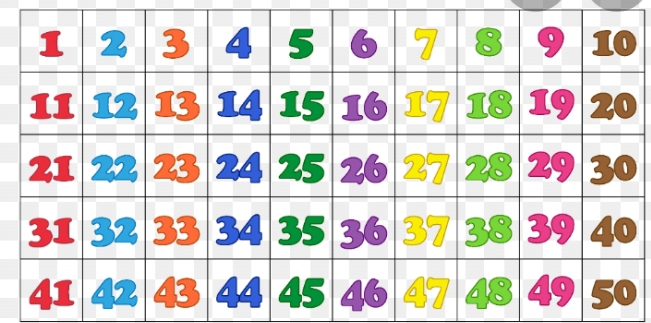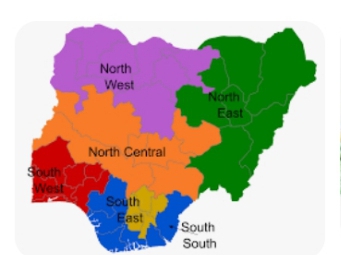First Term Lesson Note for Week Two
Class: Basic 3 /Primary 3 /Grade 3
Subject: Civic Education
Topic: Components of Civic Education (Nationality)
Duration : 40 minutes
Period : Single Period
Reference Books:
Civic Education for Primary Schools, Book 3
Lagos State Unified Schemes of Work for Primary Schools ( Primary 1 – 3)
Online Resources
Learning Objectives : By the end of the lesson, learners will be able to :
i. Identify and list the components of Civic Education
ii. Explain the term “Nationality”
iii. Mention those things that makes one a Nationality of a country.
Previous Knowledge :Learners have been taught meaning of civic education and reasons for studying it.
Content:
The five essential components of civic education are nationality, rights, duties democratic practices and community values.
Nationality as a component of civic education teaches us all we need to know about the country we belong to as well as our legal rights and duties as citizens of that country.

Examples of what we should know about our nationality are:
i. Languages
ii. Dressings
iii. Culture
iv. Traditions
v. National anthem
vi. National pledge and
vii. Other national symbols.

Presentation Step:
Step 1: Revises the previous topic with the learners to arouse their interest by asking questions orally.
Step 2: Introduces the new topic by explaining Nationality
Step 3: He/ she then asks the learners to mention things they should know about their country.
Step 4: He/ she then list things the learners should know about their nationality.
Evaluation: The teacher gives them the following questions.
1. List three components of civic education:
i. ________________________________________
ii. ________________________________________
iii. ________________________________________
2. Define the term “Nationality”
__________________________________________________________________________________________________________________________________________
3. Mention five things we should know about our country.
i. ____________________ ii. ____________________
iii. ____________________ iv. ____________________
v. _____________________.
Conclusion: At the end of the lesson, learners were able to answer the questions correctly.


